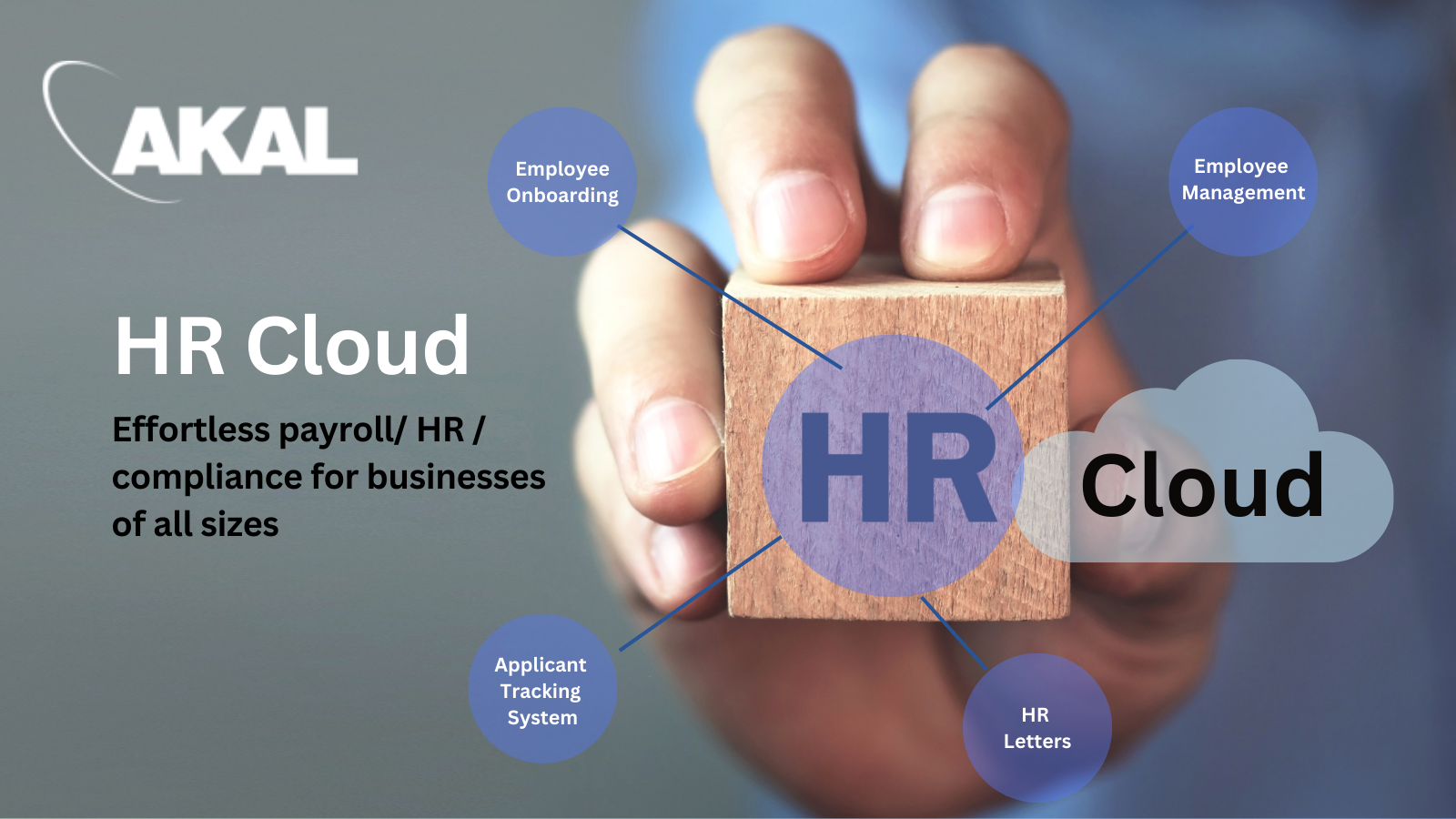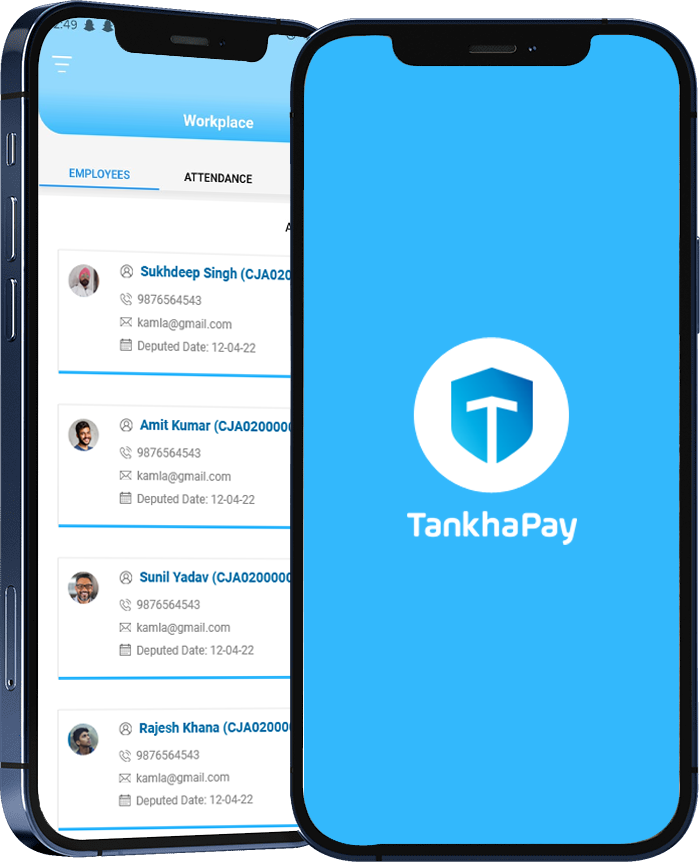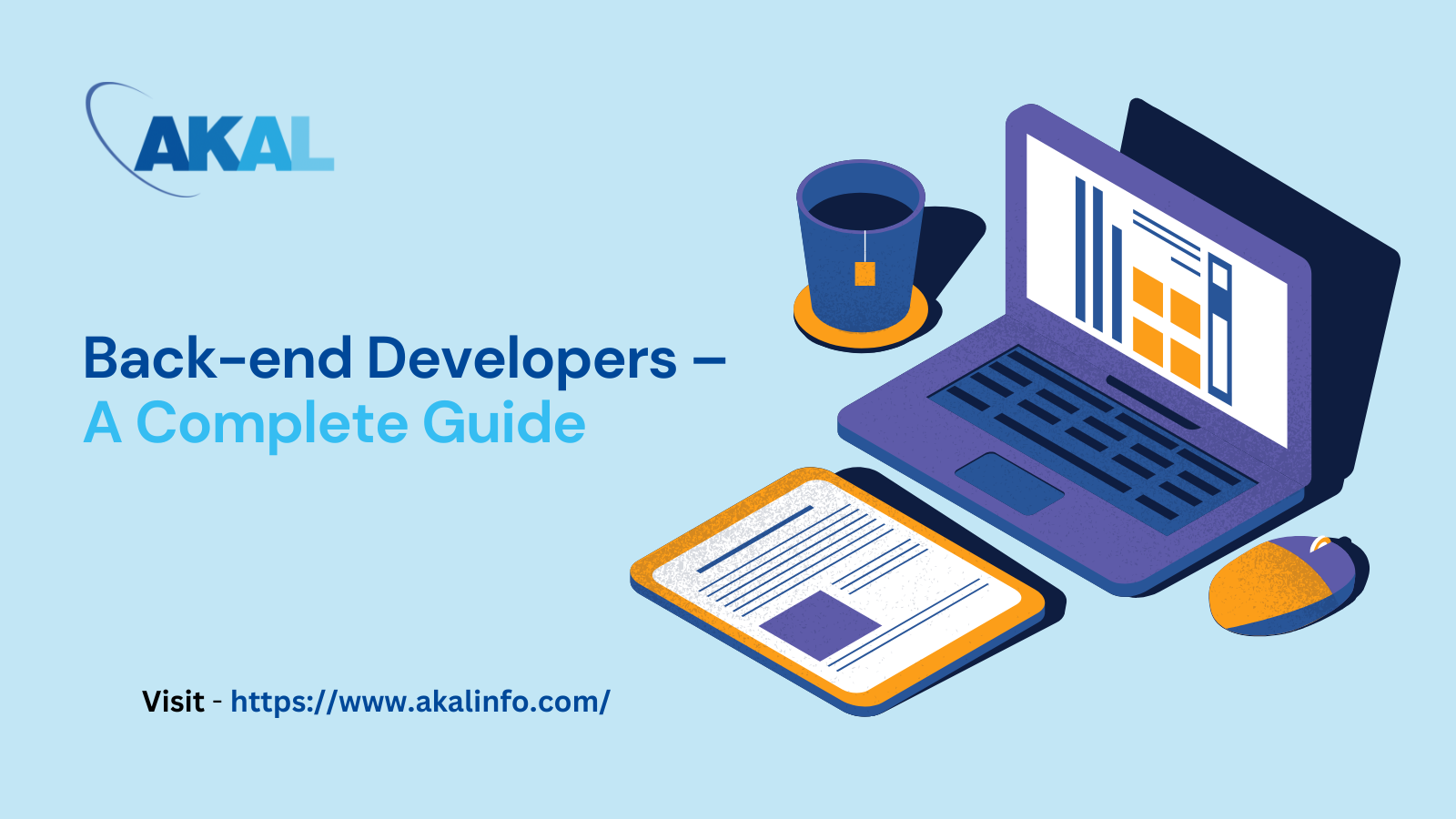
The world of today’s business is fast-paced and dynamic, where companies constantly look for methods to increase efficiency, enhance collaboration, and be more competitive in the market. This is equally true for the Human Resource (HR) department, once characterized by long hours spent on cumbersome work and complicated procedures. However, with modern technology emerging, HR departments are finding new tools to make their workload easier, optimize their processes, and improve engagement of employees. Among all of these solutions, HR Cloud stands out as the revolutionary tool that is completely changing the manner of workforce handling by an organization.
This is cloud-based software developed to combine multiple HR modules into a single platform so that an HR department handles everything, including payroll, recruitments, benefits, and performance management. This shift to the cloud not only streamlines HR processes but also enables businesses to make data-driven decisions, improve employee experience, and ensure compliance with ever-evolving regulations. In this blog, we’ll explore what HR Cloud is, its benefits, how it works, and why it’s the future of HR management.
What is HR Cloud?

HR Cloud is a suite of cloud-based solutions that helps organizations manage their HR functions and employee data in a resourceful manner. Notably, it is completely distinct from the traditional or conventional on-premise human resources systems that rely on manual entries, local servers, or complex hardware. In cloud-based systems, employees can access their tools worldwide, at any moment. All they need for doing this is an internet connection.
The core functionality of HR Cloud platforms spans the gamut from managing employee data, recruiting and hiring talent, tracking attendance, benefits administration, and payroll, all the way to performance management and employee development. This system is usually subscription-based; therefore, businesses have a recurring fee for this software, which reduces a company’s need for infrastructure upfront investments.
The HR Cloud combines all HR functions in one platform, so businesses can easily manage all their processes related to HR. Businesses can enjoy automatic updates, improved security, and scalable resources with cloud-based solutions.
Key HR Cloud Models
- Onshore Outsourcing: Partnering with service providers in the same country provides advantages such as ease of communication and fewer regulatory challenges.
- Nearshore Outsourcing: By collaborating with service suppliers in adjacent or surrounding nations, nearshore outsourcing offers cost savings without considerable language or cultural barriers.
- Offshore Outsourcing: Partnering with service providers in distant countries to avail significant cost savings, usually in regions such as Asia or Eastern Europe.
The Key Benefits of HR Cloud
1. Increased Efficiency and Automation
The most significant advantage of HR Cloud Software is automation. Many HR tasks are manual and time-consuming and often require a lot of administrative effort. Whether it’s payroll, benefits enrollment, or performance reviews, these processes can become too burdensome if done manually.
HR Cloud solutions automate many of these tasks, freeing up the workload for HR professionals. For instance, payroll automation automatically ensures the timely payment of employees and accurate tax deduction calculations to ensure compliance regulations are in place without requiring any intervention. Automation enables HR teams to concentrate more on key projects that benefit the company, like employee development and engagement.
2. Data Security and Compliance
Organizations are highly concerned about the security of data, especially when dealing with sensitive information about employees. Storing personal and financial data on paper or on local servers poses risks of breaches, theft, and non-compliance with data protection laws.
HR Cloud offers more secure options with encrypted storage that ensures the protection of employee data from unauthorized access. Most cloud-based HR providers abide by major data protection standards such as GDPR and HIPAA, ensuring that companies comply with legal requirements. Besides, cloud vendors update their software regularly to keep abreast of changes in labor laws, thus reducing compliance burdens on businesses.
3. Improved Employee Experience
The HR Cloud is not just a solution for the HR professional but directly impacts employees as well. Employees in a traditional HR model may have to navigate many different channels to request time off, find information on their benefits, or update their personal information. Through HR Cloud solutions, most of these activities can be self-managed by the employee through an intuitive, user-friendly portal.
All of this can be done from a single place: leaves, contact information updates, tracking performance, and enrollment in benefits. This self-service functionality can improve the employee experience and help individuals take charge of HR-related needs. Employees get easy access to their information, leading to higher engagement and satisfaction.
4. Scalability and Flexibility
Highly scalable HR Cloud platforms are especially good for businesses that are growing or changing rapidly because an expanding company can easily add new users, expand into new regions, or incorporate additional features without requiring massive infrastructure changes.
Cloud-based HR systems also have the ability to be customized for the needs of a business. Whether a company requires analytics tools, employee training custom features, or compliance modules, most HR Cloud systems are customizable and flexible in nature. This ensures that businesses can configure the software to meet their precise needs.
5. Real-Time Data and Analytics
Perhaps most appealing is the ability to monitor real-time data. HR Cloud captures thousands of data points from every aspect of employee performance, attendance records, recruitment metrics, and so much more. HR professionals can therefore analyze this data to glean actionable insights into workforce trends.
For instance, the data from employee performance can be used by HR to identify the best performers. Tracking the turnover rate can also determine areas where retention efforts must be improved. HR Cloud provides organizations with the tools required to make informed decisions on workforce management, talent acquisition, and employee engagement.
6. Cost Savings
The other reason why companies use HR Cloud is cost reduction. A traditional HR system requires a big investment in hardware, software, and IT infrastructure initially, and then there is an ongoing cost of maintaining that system. All these things are taken care of by the cloud provider.
In addition, HR Cloud platforms are usually subscription-based, meaning that businesses only pay for what they need. This way, companies can cut IT costs, lower administrative costs, and allocate funds to more important corporate operations.
HR Cloud and Remote Work
COVID-19 radically changed how organizations did their work, because home working as well as any type of hybrid work setup is set to continue. For sure, HR Cloud is much suited in this direction where any worker can now handle distributed tasks from all possible global places and locations.
Through HR Cloud platforms, HR departments can track the attendance of remote employees, monitor performance, manage benefits, and support employee well-being from a single interface. This guarantees that companies may keep running efficiently regardless of how the workforce becomes increasingly decentralized.
Managing Remote Employees
HR Cloud also makes it easier to track performance and productivity in remote environments. Through data analytics and automated performance reviews, HR teams can ensure that remote employees are meeting targets and staying engaged, which helps prevent feelings of isolation and disengagement among remote teams.
Selecting the Right HR Cloud Solution
Although the benefits of HR Cloud are well understood, selecting the right platform for your organization is critical. The following are some factors to consider when selecting an HR Cloud solution:
- Customization: Can the platform be customized to meet your specific needs, whether for compliance, reporting, or performance management?
- Integration: Does the platform integrate well with other business applications, such as accounting, project management, or customer relationship management (CRM) systems?
- User Experience: Is it intuitive and user-friendly for all the stakeholders, including HR practitioners and employees?
- Vendor Support: Is the vendor truly committed to customer support and release of frequent updates on software?
- Scalability: Does the platform scale as your company grows, permitting you to add new users, modules, and even regions?
Conclusion
The HR Cloud is revolutionizing the way organizations manage their workforce. It automates administrative tasks, enhances data security, improves employee engagement, and provides valuable insights through data analytics, which enables companies to focus on growth and innovation.
Given the growing acceptance of remote and hybrid work settings, HR Cloud is more important than ever. It offers flexibility, scalability, and efficiency in managing a global workforce and adapting to changing business needs. As technology continues to evolve, HR Cloud will remain at the forefront of HR management, helping organizations thrive in the digital age.
For businesses trying to simplify HR procedures, lower costs, and improve employee satisfaction, adopting an HR Cloud solution is not just a wise decision but a strategic move for future success.
Read Also – The Power of Attendance Tracking Software






